Get PeakVisor App
Sign In
Search by GPS coordinates
- Latitude
- ° ' ''
- Longitude
- ° ' ''
- Units of Length

Yes
Cancel
Share ×

Scan the QR code and open PeakVisor on your phone
❤ Wishlist ×
Choose
Delete
Yulen Reserve, located in southwestern Bulgaria near the town of Bansko, is a pristine protected area within Pirin National Park. The reserve’s landscape is dominated by ancient pine forests and rugged rocky terrain, offering habitats for animals like chamois, brown bears, and golden eagles. Glacial lakes sit beneath sharp peaks, including Vihren (2,914 m / 9,560 ft), Bulgaria's second-highest peak and the Balkan Peninsula's third-highest. Within the Yulen Reserve itself, there are 18 named mountains; the highest and the most prominent is Polezhan (2,851 m / 9,353 ft).
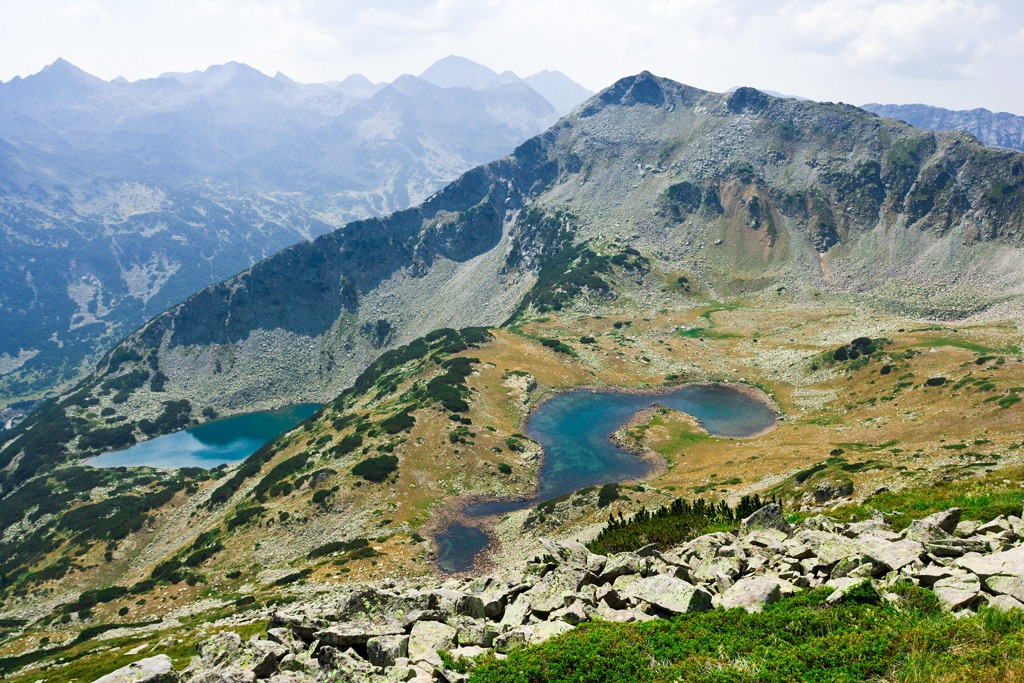
Yulen, also known as Юлен in Bulgarian, is a nature reserve within Pirin National Park, located in the Pirin mountain range in southwest Bulgaria. It falls within Bansko Municipality, Blagoevgrad Province.
Pirin National Park, positioned near the North Macedonian and Greek border, is one of Bulgaria's three national parks, alongside Rila National Park and Central Balkan National Park. This park includes two nature reserves. One is Yulen, while the other is Bayuvi Dupki, established in 1934 and recognized by UNESCO as part of the Man and Biosphere Program.
The terrain of Pirin National Park is mainly mountainous, characterized by peaks exceeding 2,000 m (6,561 ft), rocky scree lands, and alpine meadows. The park showcases diverse limestone mountain landscapes featuring glacial lakes, waterfalls, and caves.
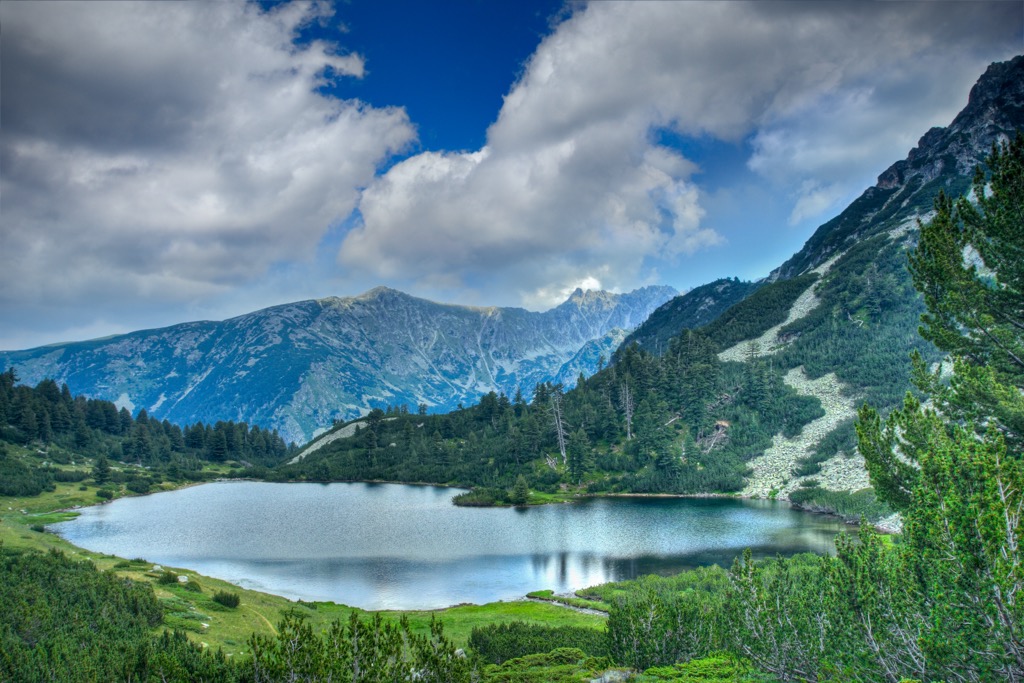
The Yulen Reserve spans 3,156 ha (7,810 ar). It was established in 1994 to observe the growth of various high and alpine plants without human interference. The reserve features a complex of lakes, including Vasilaski, Tipicki, Strazishki, Polejanski, and Disilishka Lakes, along with several smaller mountain rivers. Numerous marked hiking trails crisscross the Reserve and Pirin National Park.
The reserve's elevation ranges from 1,650 m to 2,851 m (5,413 ft to 9,354 ft) at the summit of Polezhan.

These mountains' formation results from tectonic movements and alpine glaciation during the Pleistocene, a global climate change period that occurred 2.5 million to 11,000 years ago.
The region's landscape showcases distinct glacial and periglacial forms that originated during the cooling of the Pleistocene climate. The park's relief consists of steep slopes, high ridges, and deep river valleys.
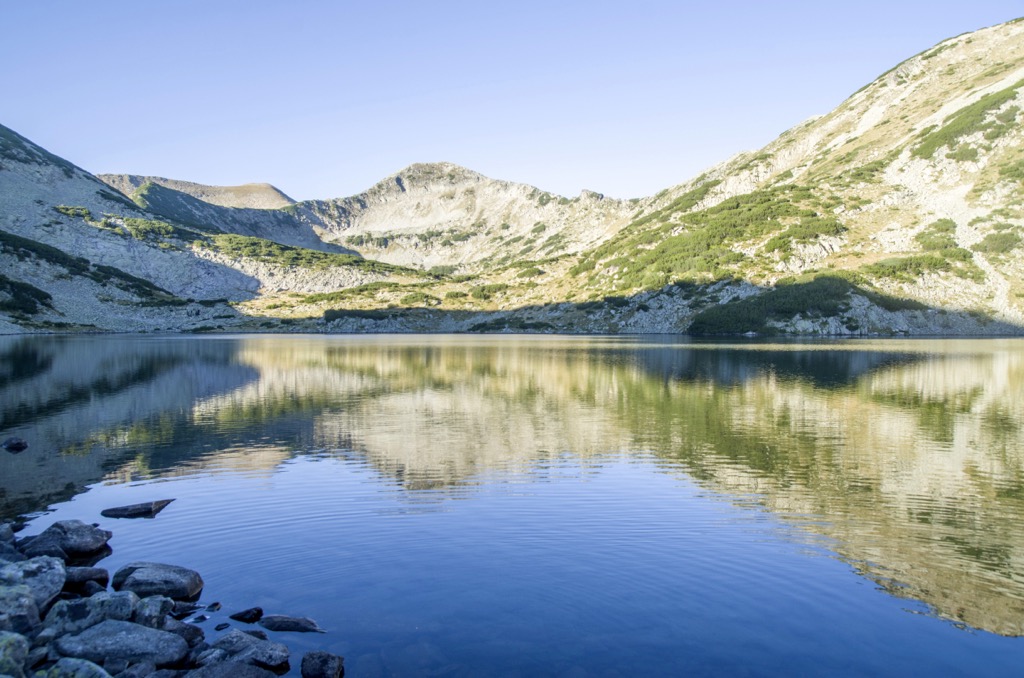
The primary rocks in the area include granites, granite gneisses, and crystalline schists. The Yulen Reserve encompasses various lakes and several individual alpine streams, giving rise to small mountain rivers.
The reserve boasts a diverse flora with over 700 vascular plant species, including 44 in Bulgaria's IUCN Red List. Forests within the reserve are populated by white pine, spruce, and fir, including some centuries-old black fir and mulberry trees.
The flora includes vibrant species like the peony, narcissus, and golden kandilka. The reserve's animal population includes typical mammals like bears, wolves, and chamois. Birds are abundant, featuring woodpeckers, grouse, and Balkan grouse. Vipers are spotted in dry, sunny areas, while Balkan trout can be found in certain lakes and rivers.
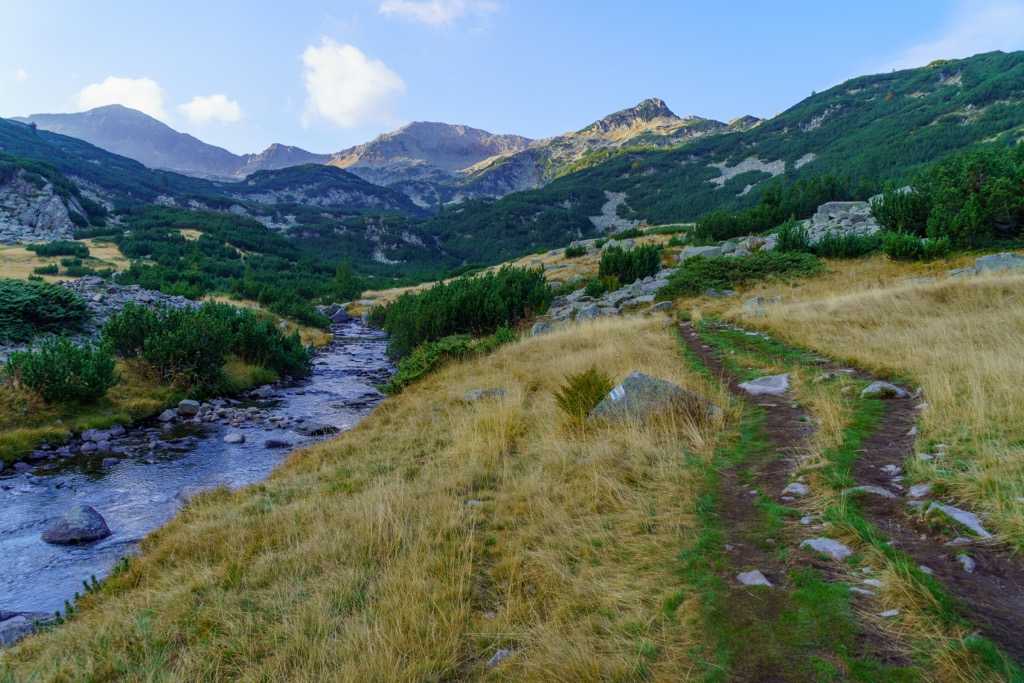
This area showcases two ecosystems: the Rhodope montane mixed forests terrestrial ecoregion and the Palearctic temperate broadleaf and mixed forest.
The Rhodope ecoregion, spanning Greece and Bulgaria, features diverse landscapes like forests, scrublands, and grasslands within the Mediterranean region. Meanwhile, the Palearctic temperate broadleaf and mixed forest stretches across much of Europe and is characterized by a mix of deciduous trees like oaks, maples, and beeches, along with conifers such as pines and firs.
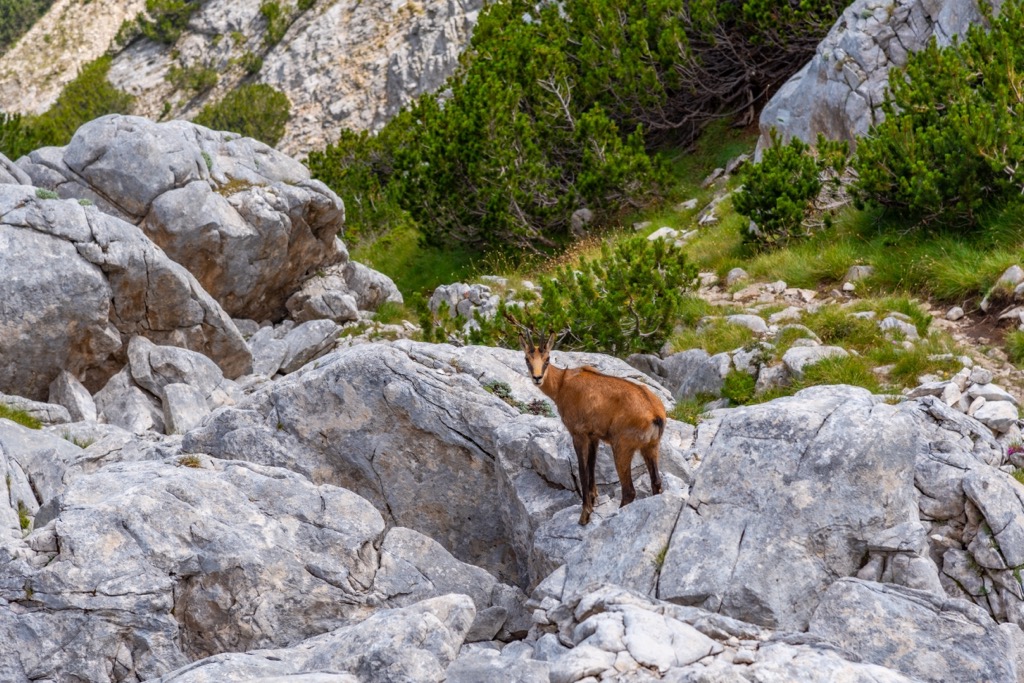
Prehistoric communities avoided the rugged terrain of the Pirin Mountains, preferring the valleys surrounding it.
During antiquity, the Thracian city Heraclea Sintica thrived and was eventually conquered by Philip of Macedon. Located on the Thracian lands near the Strymon River, the city connected key Roman roads.
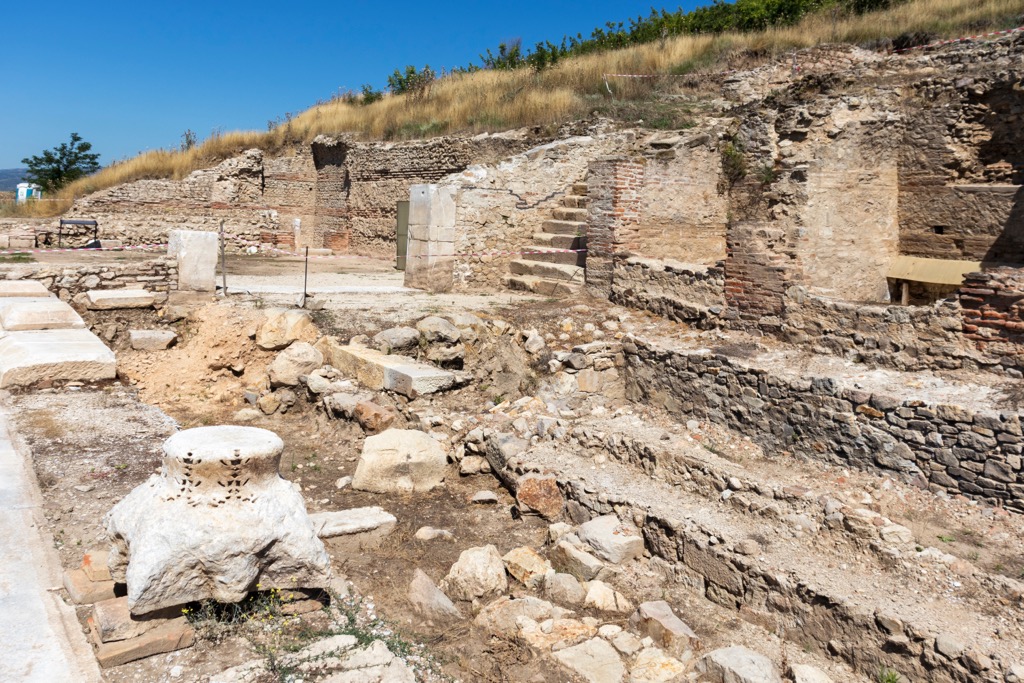
A fortress from this time still exists within Yulen Reserve. It’s about 12 km (7.46 mi) from Bansko and dates back to pre-Roman times. Stretching almost 100 m (328 ft) in length and 25 to 40 m (82 to 131 ft) in width, the only visible remnants of the fortification are small sections of the northern walls.
Local herders later utilized the Pirin massif. Bulgarians founded the First Bulgarian Empire in the seventh century, reaching its peak in the ninth and tenth centuries. The Ottoman conquest followed, leading to Bulgarian independence in the late nineteenth century.
Pirin National Park, established in 1962 and initially named Vihren, gained UNESCO recognition in 1984. Yulen Reserve was subsequently formed in 1994.
Starting at the Gotse Delchev hut (1,450 m / 4,757 ft), the route leads along Mount Bezbog, with a grassy and easy-to-navigate ascent to a saddle. From there, you can enjoy panoramic views of Pirin's northeastern peaks.
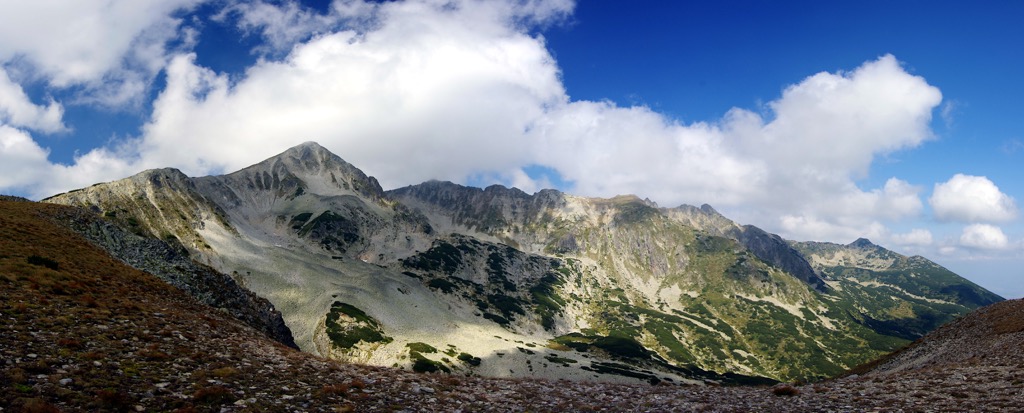
The second stage involves an ascent to a plateau between Bezbog Peak (2,645 m / 8,678 ft) and Mount Polezhan or Polejan (2,851 m / 9,353 ft), offering breathtaking views of northwest Pirin.
The third stage is a picturesque climb along a ridge to the summit, featuring a steeper section. The final reward is a spectacular view, often considered the best in Bulgaria, showcasing glacial lakes and surrounding mountain ranges. The entire hike takes several hours, so be prepared.
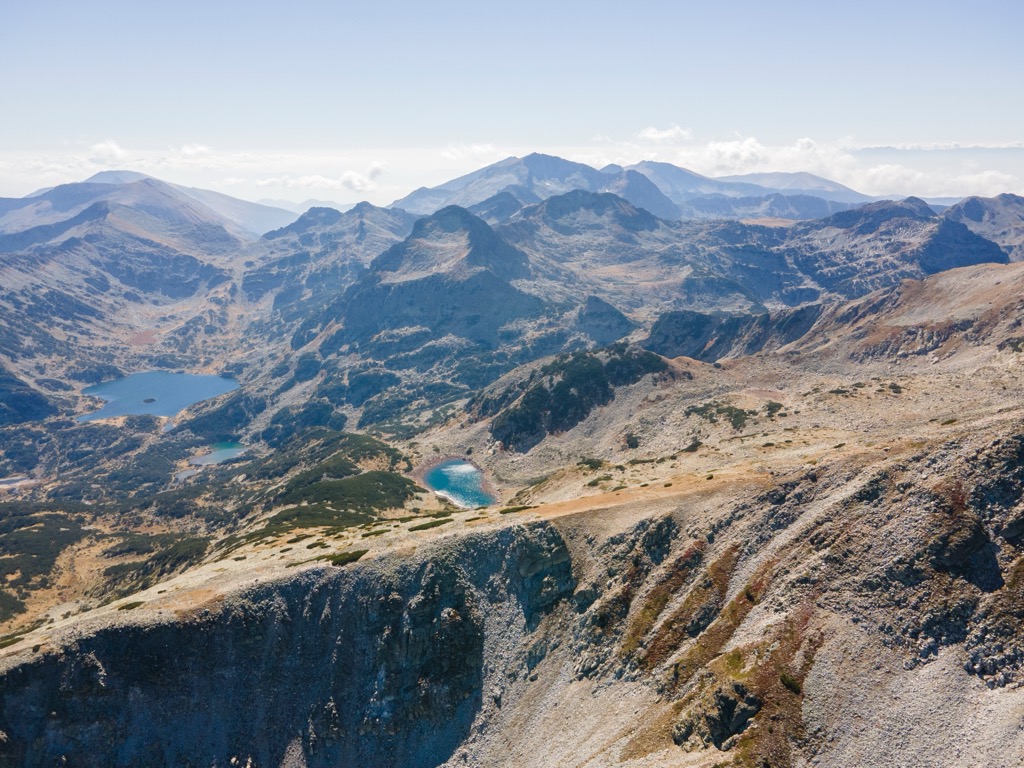
Also known as Tevno Ezero in Bulgarian, this lake is Bulgaria's largest mountain lake above 2,500 m (8,202 ft). A mountain shelter along its eastern shore shares the same name. The trail is relatively flat and straightforward. Tevno hut, positioned at an elevation of 2,512 m (8,241 ft), is Bulgaria’s highest mountain hut.
The entire hike covers a distance of 14 km (8.5 mi) and can be completed in approximately 6 hours.

Vihren Peak, while not technically a part of the Yulen Reserve, is still worth mentioning. Standing at 2,914 m (9,560 ft), it’s the tallest mountain in Pirin National Park and the second-tallest in Bulgaria; only Musala Peak (2,926 m / 9,600 ft) is higher.
This challenging hike leads to the summit, offering panoramic views of the Pirin Mountains, Bulgaria, Northern Macedonia, and northern Greece.
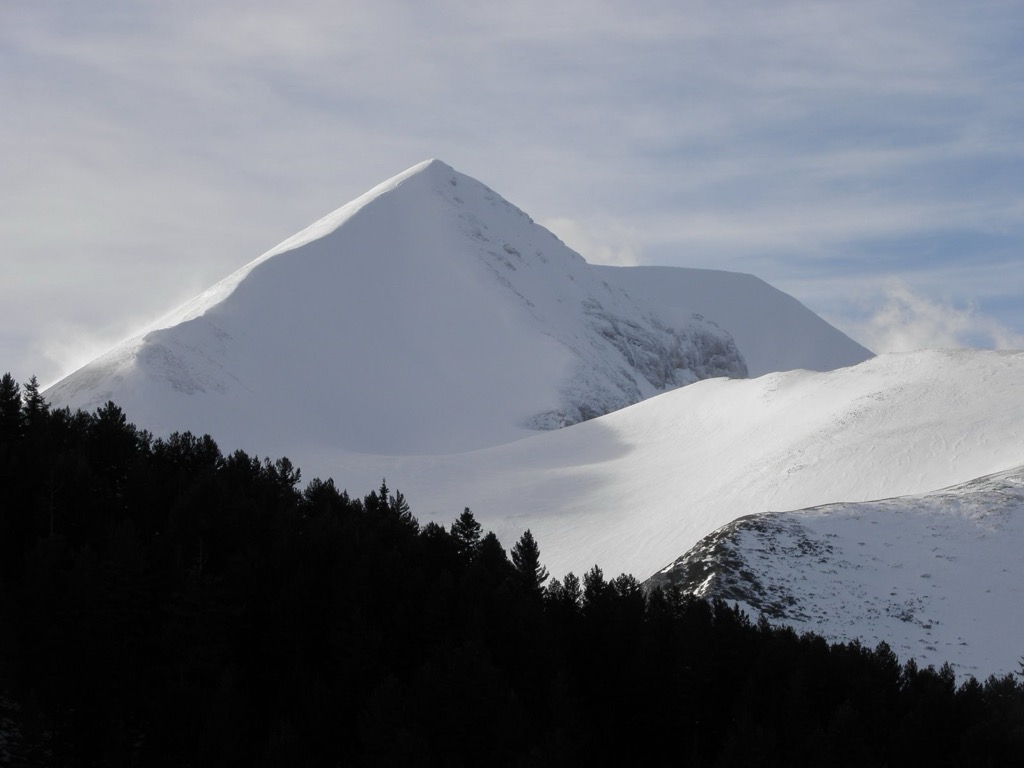
Bansko, situated in southwestern Bulgaria, is a charming town known for its access to Pirin National Park and its namesake ski resort.
Bansko’s ski area is Bulgaria’s premier winter sports destination. The resort offers a diverse range of slopes catering to all levels of skiers and snowboarders, from beginners to advanced. It also boasts over 70 kilometers of well-maintained pistes, complemented by state-of-the-art lifts, which skiers should not take for granted in this neck of the Balkans.
Beyond the mountains, Bansko has a charming old town with traditional Bulgarian architecture, cobbled streets, and a lively après-ski scene.
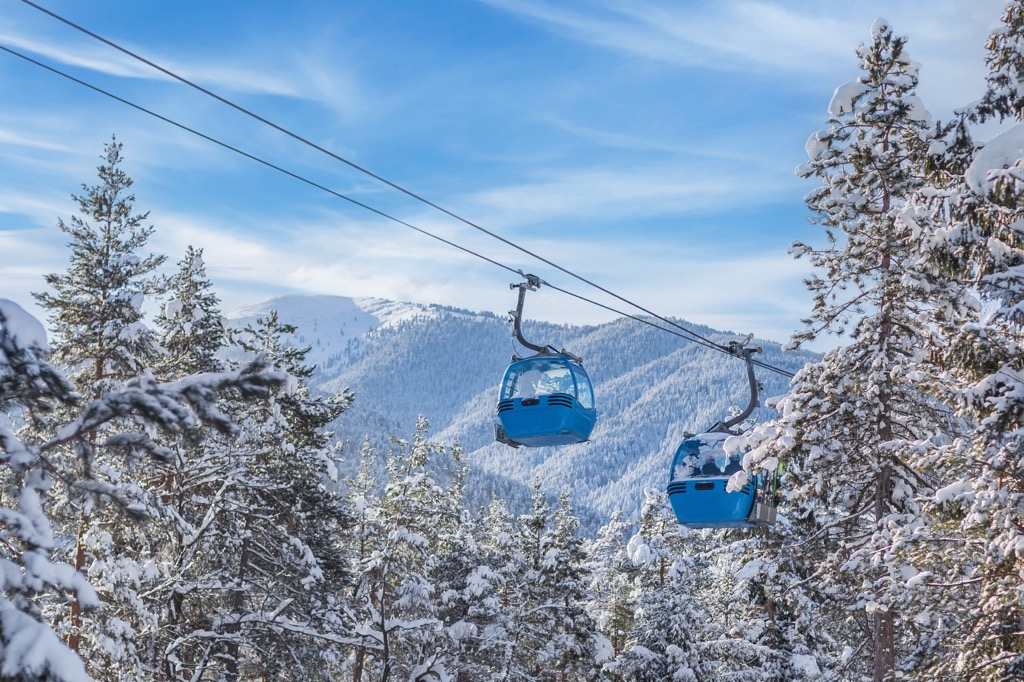
Blagoevgrad, a vibrant city in southwestern Bulgaria, is a cultural and educational hub nestled in the foothills of the Rila and Pirin Mountains.
Known for its youthful energy, the city is home to two major universities—South-West University "Neofit Rilski" and the American University in Bulgaria. The city’s pedestrian-friendly center, lively cafes, and cultural venues allow for leisurely exploration. Additionally, Blagoevgrad is a gateway to the nearby Rila Monastery, a UNESCO World Heritage site.
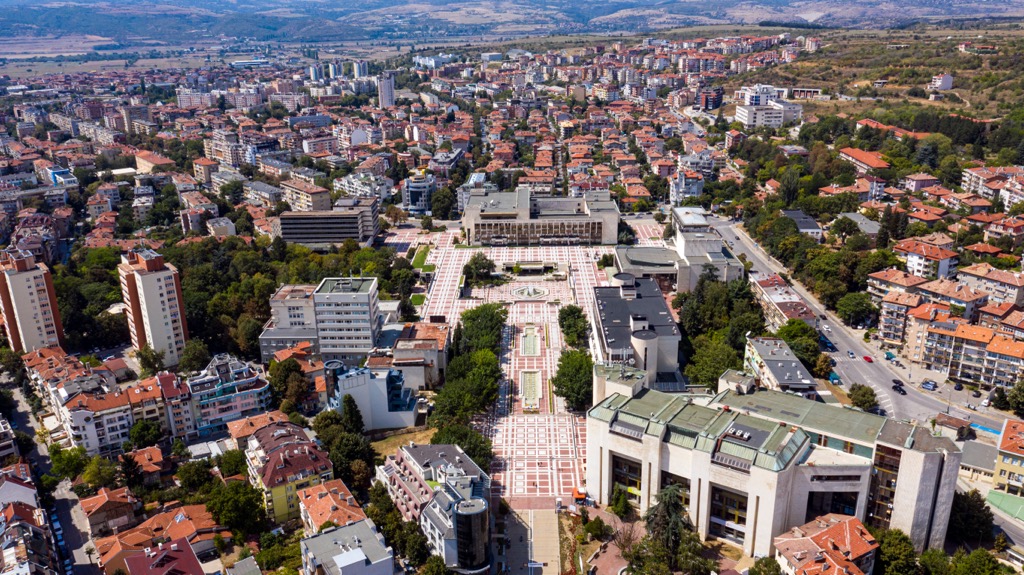
Serres is a picturesque town in northern Greece known for its well-preserved Byzantine and Ottoman-era architecture. Its proximity to the scenic Mount Olympus National Park enhances the town's allure.
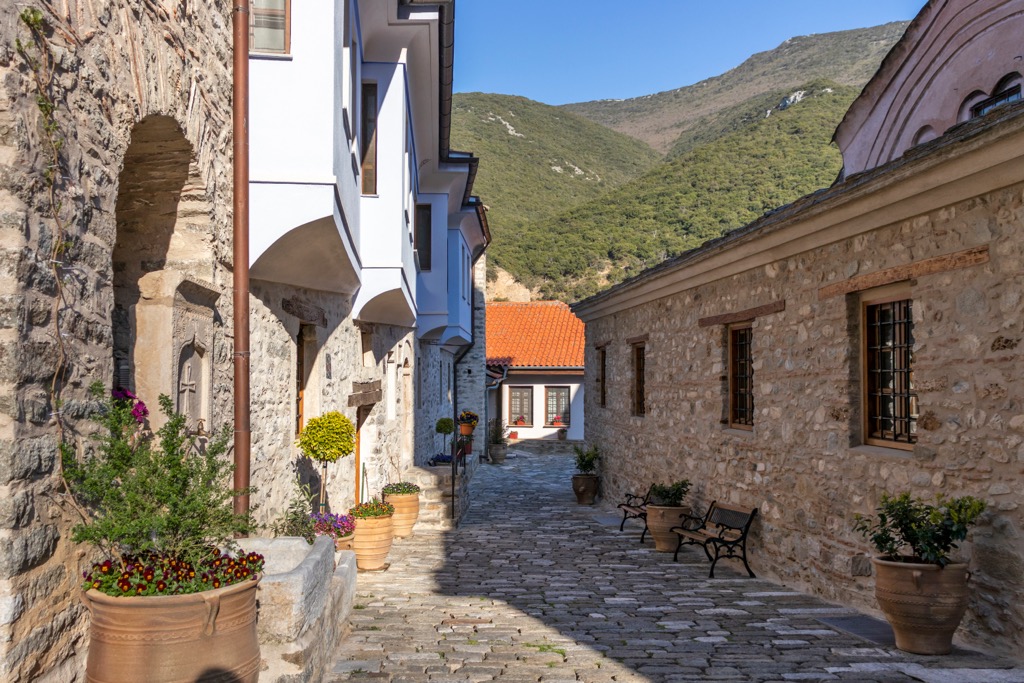
Explore Yulen Reserve with the PeakVisor 3D Map and identify its summits.








